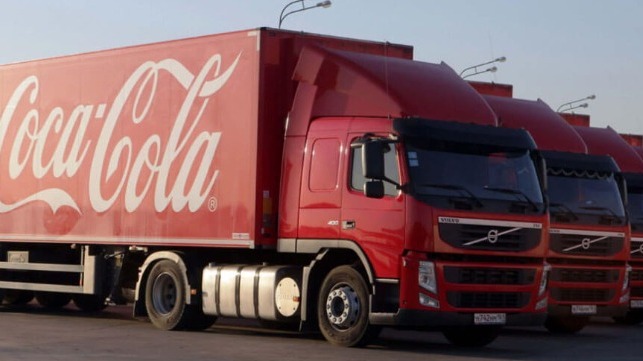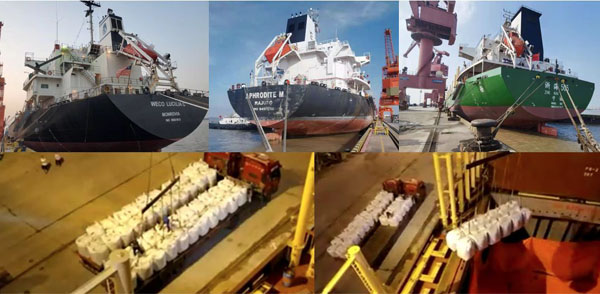Coca-Cola Shipping on Bulkers Due to Lack of Containers and Ships

Coca-Cola, long known as the world’s most recognized brand, has become the latest global company to take a creative approach to shipping to manage supplies during the current shortages and backlogs in the container shipping sector. While most of the attention has been on big box retailers struggling to get merchandise from Asia to their stores, the beverage giant reported it is having problems moving supplies around the world to its bottling plants and distribution facilities.
“When you can’t get container's or space due to the current ocean freight crisis, then we had to think outside the box (or the container),” wrote Alan Smith Procurement Director - Global Logistics at The Coca-Cola Cross Enterprise Procurement Group based in Ireland on his LinkedIn social media account.
Unlike retailers including HomeDepot, Target, Ikea, Costco, and others, Coca-Cola turned to the alternative of using dry bulk carriers and reverting to the older breakbulk approach to moving the materials its needs to maintain operations. There have been reports in recent weeks of dry bulk operators fitting their ships to carry containers, but this is the first publicized example of a major shipper foregoing containers. In August, Germany’s Schulte & Bruns, an operator of general dry cargo and multipurpose ships that normally transport bulk cargo as well as large loads such as wind turbine blades, confirmed that it was working with a logistics company named Schneider transporting containers across the Pacific on its ships.

Smith posted a picture of three bulkers and the breakbulk loading (Alan Smith / LinedIn)
Smith at Coca-Cola explained the strategy saying that the company was moving 60,000 tons of materials to keep its production lines running. He said it was the equivalent of 2,800 TEU. In response to comments, he said the beverage company required the coordination of supply chain partners and suppliers and collaboration at the ports to avoid hefty detention and demurrage charges, but the number of trucks required was about the as if they were doing containerized shipments.
As part of his social media message, Smith posted photos of three Handysize bulkers, Weco Lucilia C, Aphrodite M, and Zhe Hai 505, along with the loading process. He said the hope was that this would be the first of many shipments in the coming months.
Another advantage was highlighted by using the ships which are all roughly 35,000 dwt. The smaller size and traditional cargo handling capabilities versus the requirement of the large box cranes to unload the ships is permitting Coca-Cola to avoid congestion at the major ports. “We are heading to some more non-congested ports, so we are hoping for a smooth discharge,” said Smith. Two of the vessels, according to AIS data, are currently in China, while the third, the Zhe Hai 505, departed China and is due in Singapore tomorrow. It is unclear what their destinations are at this time.
